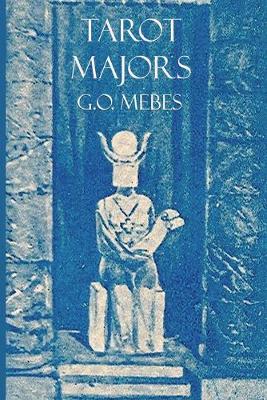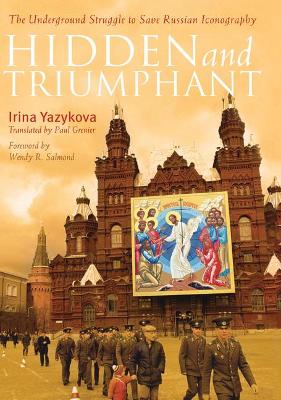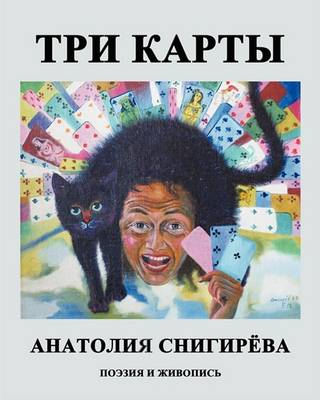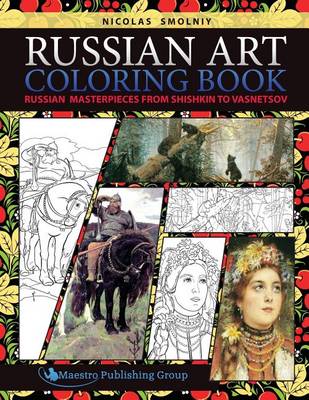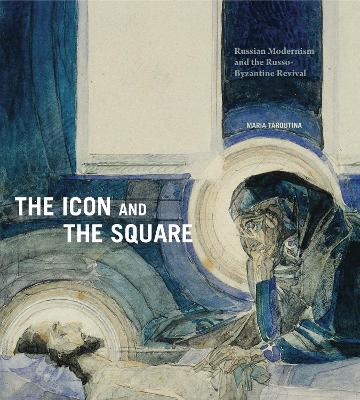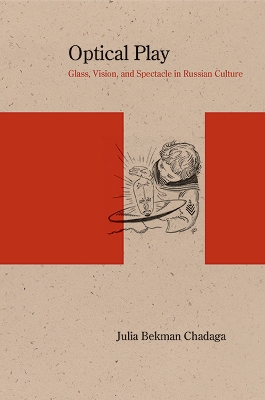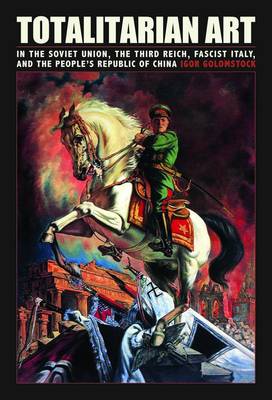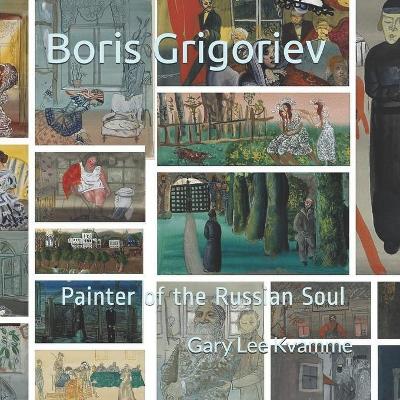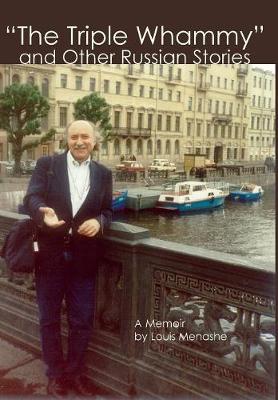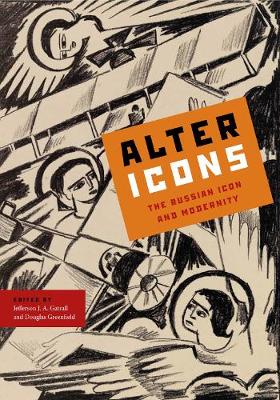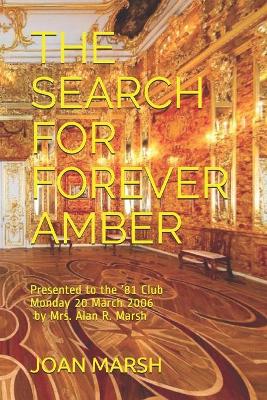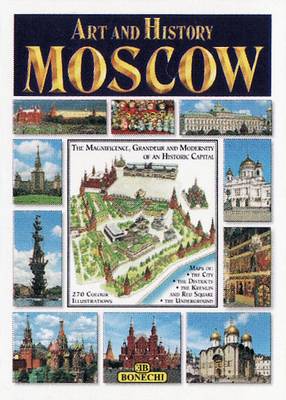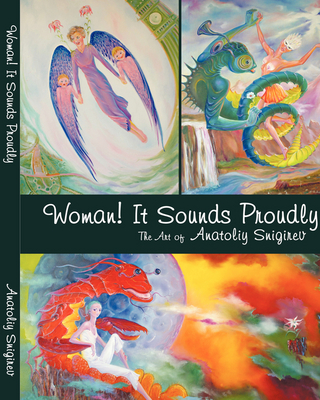Piggy Foxy and the Sword of Revolution (Annals of Communism)
From the former Central Communist Party archive, a unexpected collection of humorous sketches and caricatures by Bolshevik leaders of themselves What did the rulers of the Soviet Union truly think about each other? Piggy Foxy and the Sword of Revolution provides a window onto the soul of Bolshevism no other set of materials has ever offered. Sketching on notebook pages, official letterheads, and the margins of draft documents, prominent Soviet leaders in the 1920s and 1930s amused themselves...
In The Icon and the Square, Maria Taroutina examines how the traditional interests of institutions such as the crown, the church, and the Imperial Academy of Arts temporarily aligned with the radical, leftist, and revolutionary avant-garde at the turn of the twentieth century through a shared interest in the Byzantine past, offering a counternarrative to prevailing notions of Russian modernism. Focusing on the works of four different artists—Mikhail Vrubel, Vasily Kandinsky, Kazimir Malevich,...
This book accompanies the Russian season exhibition at the Sainsbury Centre for Visual Arts and concentrates on avant-garde Russian culture and art, placing the movement in its artistic and historical context. Showing how radical movements developed across the whole range of Russian culture in the first decade of the twentieth century, the book discusses how the political revolutions of 1917 gave a new impetus to the avant-garde. The lives and artistic work of key figures in the radical form a...
Optical Play (Studies in Russian Literature and Theory)
by Julia Bekman Chadaga
Julia Bekman Chadaga's ambitious study posits that glass - in its uses as a material and as captured in culture - is a key to understanding the evolution of Russian identity from the eighteenth century onward. From the contemporary perspective, it is easy to overlook how glass has profoundly transformed vision. Chadaga shows the far-reaching effects of this phenomenon. Her book examines the similarities between glass and language, the ideological uses of glass, and the material's associations wi...
The distinguished Russian archeologist Aleksei P. Okladnikov's study reveals how a field archeologist goes about determining and writing prehistory. Over the course of his career, Okladnikov and his wife Vera Zaporozhskaya travelled across Siberia from the Lena River in the north to the Amur River in the south excavating archaeological sites. During that time Aleksei and Vera found and interpreted the rock art of the vast region from the Paleolithic Era to the present day. Relying on petroglyphs...
@font-face { font-family: Times New Roman ; }p.MsoNormal, li.MsoNormal, div.MsoNormal { margin: 0cm 0cm 0.0001pt; font-size: 12pt; font-family: Helvetica; }table.MsoNormalTable { font-size: 10pt; font-family: Times New Roman ; }div.Section1 { page: Section1; } The role of the frame in art can refer to a material frame bordering an image and to a conceptual frame - a text, for instance, which is to serve as a commentary to the visual image. What is the meaning of a frame in our understanding of...
Alter Icons
Passage into the modern world left the Russian icon profoundly altered. It fell into new hands, migrated to new homes, and acquired new forms and meanings. Icons were made in the factories of foreign industrialists and destroyed by iconoclasts of the proletariat. Even the icon's traditional functions-whether in the feast days of the church or the pageantry of state power-were susceptible to the transformative forces of modernization. In Alter Icons: The Russian Icon and Modernity, eleven scholar...
The Search for Forever Amber (Joan's Historical Nonfiction Books about Women and Men)
by Joan Marsh
